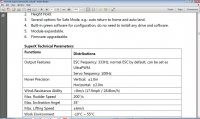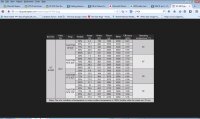KDE Direct
KDE Direct, LLC.
Interesting, do you see this same effect if you run the motor direct off of a RX?
Wonder if the SuperX is causing an intermittent delay, that would cause an effect to be seen at the ESC? The ESC is simply reading the signal and responding instantaneously (at least, as fast as it can read at 600Hz), so it needs to down-sample to the speed the SuperX is communicating on (400Hz?).
I'll do some testing on our side to see if the same effect occurs. The DJI systems also run at 400Hz, but don't seem to show the same effect and the down-sampling is smooth. I wonder if SuperX can increase their response rate and latency to match the XF series, and prevent this from occurring? Any chance you have a contact there I can talk with?
Wonder if the SuperX is causing an intermittent delay, that would cause an effect to be seen at the ESC? The ESC is simply reading the signal and responding instantaneously (at least, as fast as it can read at 600Hz), so it needs to down-sample to the speed the SuperX is communicating on (400Hz?).
I'll do some testing on our side to see if the same effect occurs. The DJI systems also run at 400Hz, but don't seem to show the same effect and the down-sampling is smooth. I wonder if SuperX can increase their response rate and latency to match the XF series, and prevent this from occurring? Any chance you have a contact there I can talk with?
Last edited by a moderator:


